As you sit down to enjoy a glass of rich, velvety red wine, the last thing on your mind may be the color of your stools. However, for many individuals, a surprising and somewhat alarming discovery awaits them after indulging in their favorite Pinot Noir or Merlot – black stools.
This unexpected phenomenon has led to widespread speculation and concern about whether red wine could be the culprit behind this unsettling change in stool color. In this article, we will dive into the intriguing world of gastrointestinal health and explore the question: Does red wine cause black stools?
Key Takeawys
- drinking wine can alter the colour of your poop
- malic acid is a major acid in wine and espcecially red wine. When broken down in the digestive system it can cause green stool colourations
- anthocyanins which are a natural pigment in especially red wine whe these mix with yellow bile in the digestive system to give a green poop colour
- other stool colours e.g. blue are observed when wine is consumed with food enriched in food dyes
If you have found the information you were looking for we invite you to take a look at other posts on our website. In case you need more details on the general facts provided please continue reading!
Dark Green Poop After Red Wine
Did you know that the dark green poop after red wine consumption could be attributed to a combination of factors? Red wines contain malic acid, which, when broken down in the digestive system, can result in a change in stool color.
Another significant factor is the presence of anthocyanins in red wine, natural pigments found in grape skins that give wine its red color. When these pigments mix with bile during digestion, they can cause stool to appear green.
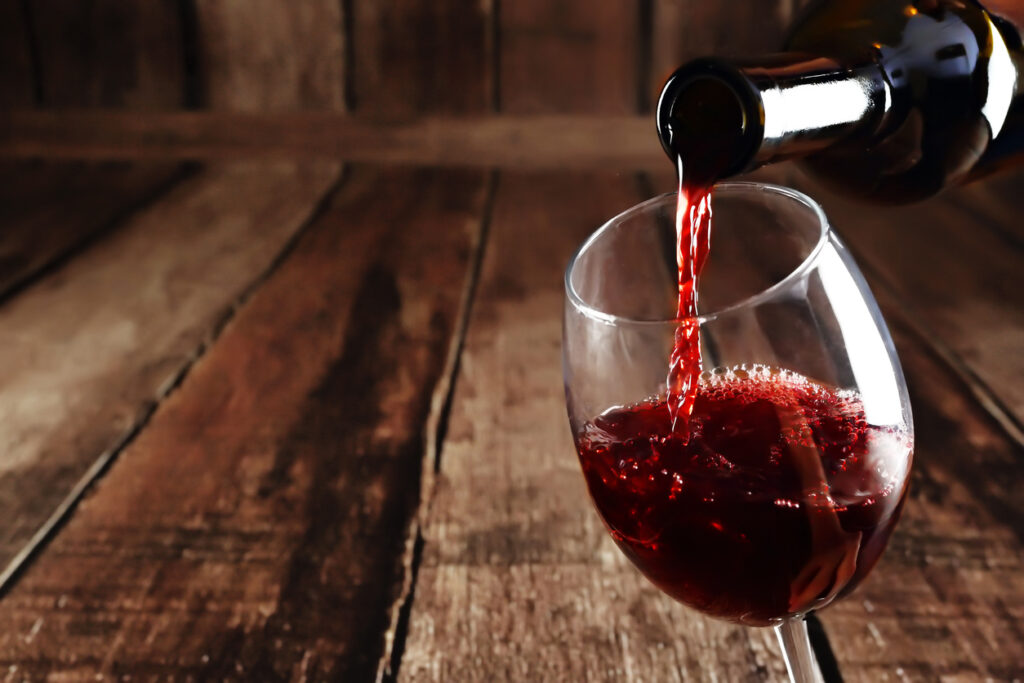
Can Red Wine Cause Green Stools?
Interestingly, similar effects have been observed with concord grape juice consumption due to the high concentration of anthocyanins. While it may be alarming to see your stool turn an unexpected shade of green after indulging in a glass of red wine or grape juice, it’s essential to remember that this discoloration is generally harmless and temporary.
However, if you experience any accompanying symptoms or prolonged changes in stool color, it’s advisable to consult your doctor or a healthcare professional for further evaluation.
How Does Alcohol Affect Bowel Movement?
Alcohol has a significant impact on bowel movements due to its effect on muscle contraction in the colon. When consumed, alcohol can lead to increased muscle relaxation in the digestive system, causing food and waste to move through the intestines more quickly.
This accelerated transit time can result in loose stools or diarrhea, as the colon does not have sufficient time to absorb water from the waste material.
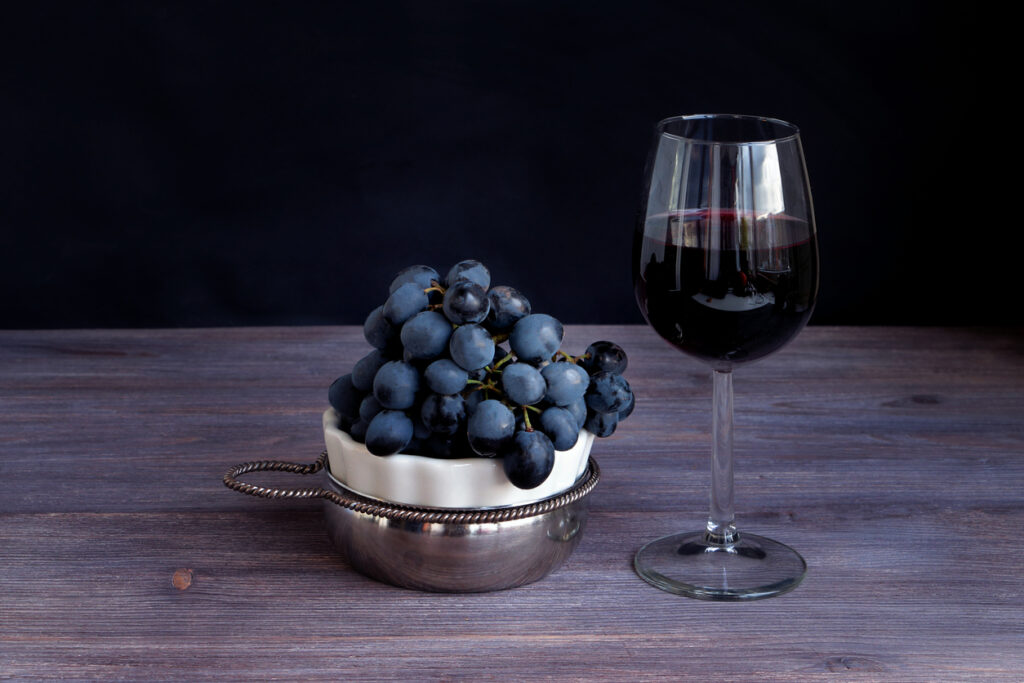
Furthermore, alcohol can also disrupt the natural rhythm of muscle contractions in the colon, leading to irregular or spasmodic movements. This can contribute to symptoms such as abdominal cramping and an urgent need for bowel movements. Additionally, excessive alcohol consumption can irritate and inflame the lining of the gastrointestinal tract, leading to further disruption of normal bowel function.
Which Alcohol Causes Less Diarrhea?
Studies have shown that red wine, in moderation, may cause less diarrhea compared to other alcoholic beverages. This is due to the presence of certain compounds in red wine such as polyphenols, which can have anti-inflammatory and gut-protective effects.
Additionally, the lower alcohol content in red wine compared to other spirits may be gentler on the digestive system for individuals with irritable bowel syndrome (IBS) or similar conditions.
On the other hand, white wine, with its higher acidity and lower levels of beneficial compounds found in red wine, may potentially lead to more gastrointestinal distress including diarrhea. Moreover, high-alcohol drinks such as strong cocktails and liquors can also exacerbate digestive issues due to their harsher impact on the stomach lining.

It’s important for individuals prone to gastrointestinal sensitivity to moderate their alcohol consumption and consider choosing beverages with lower alcohol content and potential gut-friendly properties like red wine over higher-alcohol alternatives.
Can Alcohol Change The Color Of Your Poop
Have you ever been taken aback by the sudden change in color of your poop after a night of heavy drinking? It’s not uncommon for alcohol to cause your stools to take on a different hue, often leaving people concerned and puzzled. While red or maroon-colored stool may trigger worry about internal bleeding, it’s essential to consider the potential impact of alcohol on digestive processes. In some cases, red or tarry stool after consuming alcohol may actually be due to irritation or inflammation in the gastrointestinal tract rather than actual blood.

Similarly, greenish stools can also occur after drinking alcohol, leading many individuals to wonder if there’s an underlying health issue at play. Interestingly, this discoloration is often associated with the rapid transit of food through the digestive system without giving bile enough time in empty stomach to break down completely. Furthermore, occasional reports of blue-colored poop after heavy drinking have raised eyebrows, but experts emphasize that while rare, it could be attributed to artificial food dyes mingling with bile in the intestine rather than any serious medical concern.
Alcohol and the Digestive Tract
Alcohol can have a profound impact on the digestive tract, causing various detrimental effects such other symptoms such as mucosal damage abdominal pain and an increased risk of gastroesophageal reflux disease (GERD). The lining of the stomach and intestines can be significantly damaged by excessive alcohol consumption, leading to inflammation and erosion of the mucosal barrier. This can disrupt the absorption of essential nutrients, contributing to malnutrition and other health complications.
Moreover, alcohol is a known trigger for GERD, a condition characterized by the backflow of stomach acid into the esophagus. This can cause discomfort, heartburn, vomiting and in severe cases, damage to the esophageal lining. Interestingly, even moderate alcohol consumption has been linked to an increased risk of developing GERD.

These insights underscore the importance of understanding how alcohol affects not just our mental state but also our physical well-being, particularly when it comes to digestive health.
Other Factors Than Red Wine that Can Cause Dark Poop
While many people may associate dark poop with red wine consumption, there are actually several other factors that can cause changes in stool color. One significant factor is the intake of iron supplements or foods high in iron, such other foods such as spinach and red meat.
The presence of excess iron in the digestive system can result in stools appearing darker than usual. Another factor to consider is certain medications like bismuth subsalicylate, commonly found in over-the-counter medications for diarrhea and heartburn. This ingredient can turn stool black or dark gray, often causing unnecessary alarm for individuals unaware of a medical history of this side effect.
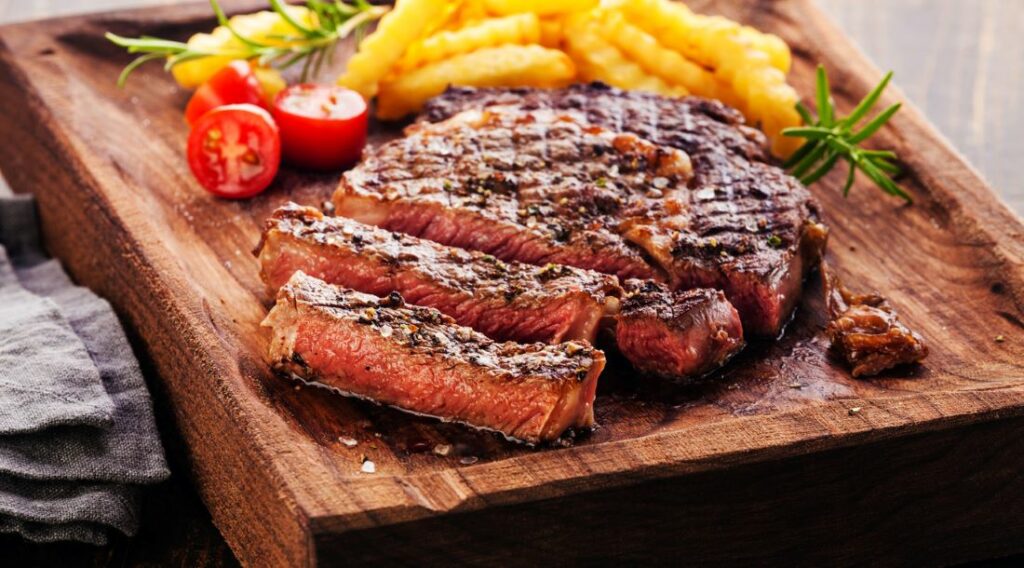
Further Causes Of Black Stool
Moreover, consuming large quantities of blueberries, licorice, or even dark chocolate could also contribute to darker colored stools due to their natural pigments. Additionally, if a person has recently undergone gastrointestinal bleeding due to ulcers or other medical conditions, it can lead to the presence of blood in the stool—resulting in a distinct dark coloration. Understanding these alternative influences on stool color is crucial for individuals who may be quick to attribute any changes solely to wine consumption.
The Role Of Malic Acid In Red Wine
Malic acid plays a crucial role in red wine production, contributing to the development of red grapes, its flavor profile and overall quality. As grapes ripen, malic acid levels decrease while sugar levels increase, affecting the balance of acidity in the final product.
Winemakers often employ malolactic fermentation to convert sharp-tasting malic acid into softer lactic acid, enhancing the wine’s smoothness and complexity.
Furthermore, studies have shown that malic acid may interact with polyphenols in red wine, influencing its antioxidant properties and potential health benefits. These interactions could also impact the formation of bilirubin, a pigment found in bile and potentially relevant for liver function.
Understanding the role of malic acid in red wine not only sheds light on winemaking processes but also highlights its potential implications for human health.
Lifestyle Changes And Moderation In Red Wine Consumption
What Are The Health Benefits Of Red Wine?
Red wine has long been touted for its potential health benefits, and recent research continues to support these claims. One of the most alluring aspects of red wine is its high concentration of antioxidants, particularly resveratrol, which has been linked to a reduced risk of heart disease and certain types of cancer.

Preventing Cancer
Additionally, moderate red wine consumption has been associated with improved cholesterol levels and blood pressure, offering further protection against cardiovascular issues as well as cancer. It needs to be highlighted that an excessive consumption of alcohol counterbalances this effect.
Moreover, there’s mounting evidence to suggest that red wine may have neuroprotective properties, potentially helping to ward off age-related cognitive decline and lower the risk of neurological disorders such as Alzheimer’s and Parkinson’s disease.
Together with its anti-inflammatory effects and potential ability to enhance insulin sensitivity, these findings paint a compelling picture of how red wine can cause us as more than just a pleasurable beverage – it could also be a valuable ally in safeguarding overall health. However, it’s crucial to note that moderation is key; excessive alcohol consumption can undo any potential benefits.
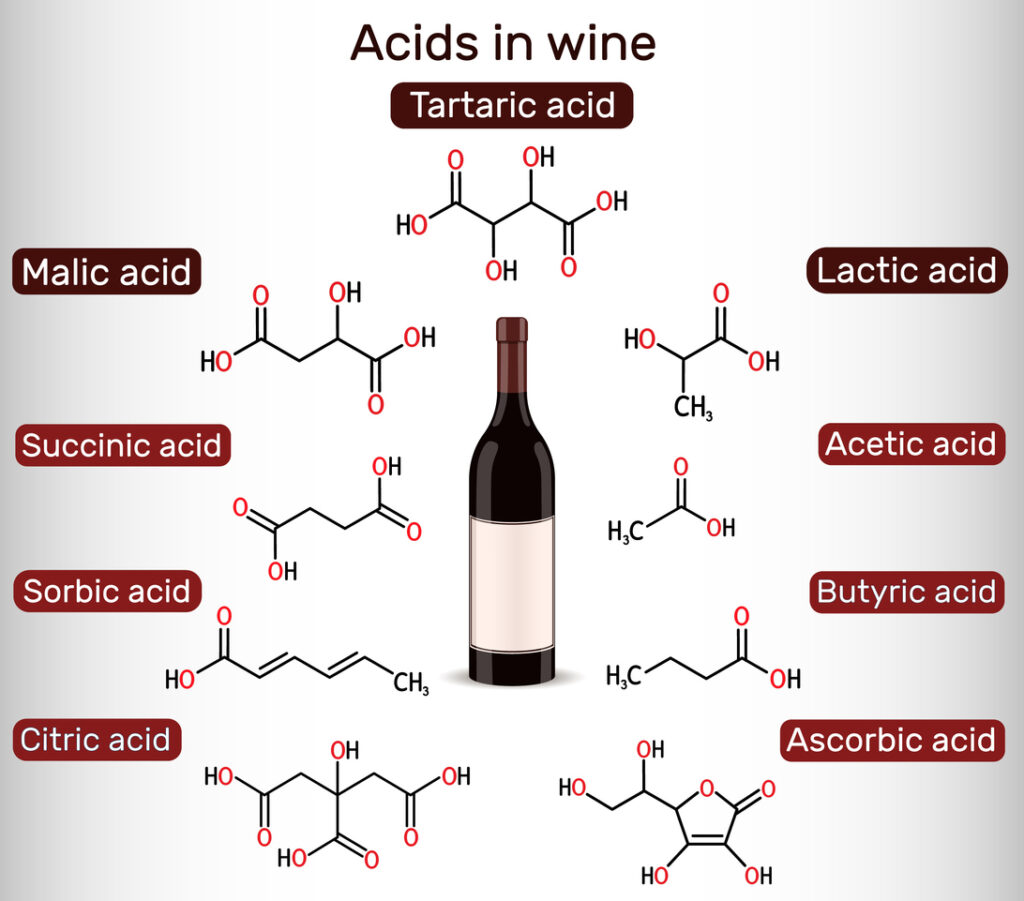
How Does Malic Acid Interact with The Digestive System To Cause Green Feces?
Malic acid, a naturally occurring substance found in many fruits and vegetables, can have an interesting interaction with the digestive system that leads to green feces. When malic acid is consumed, it can stimulate bile production in the liver.
Bile is a yellowish-green fluid produced by the liver and stored in the gallbladder, which helps with the digestion and absorption of fats. As bile travels through the digestive system, it mixes with food and undergoes chemical changes that ultimately lead to the excretion of bilirubin.
The Peculiar Phenomenon Of Green Poop After Drinking Red Wine
Bilirubin is a pigment that gives bile its characteristic yellow color. However, when bilirubin passes through the digestive tract too quickly or reacts with certain enzymes and bacteria in the intestines, it can appear green instead of its usual yellow. This can happen when malic acid speeds up digestion or alters intestinal flora, resulting in less time for bilirubin to be broken down into its normal brown color.
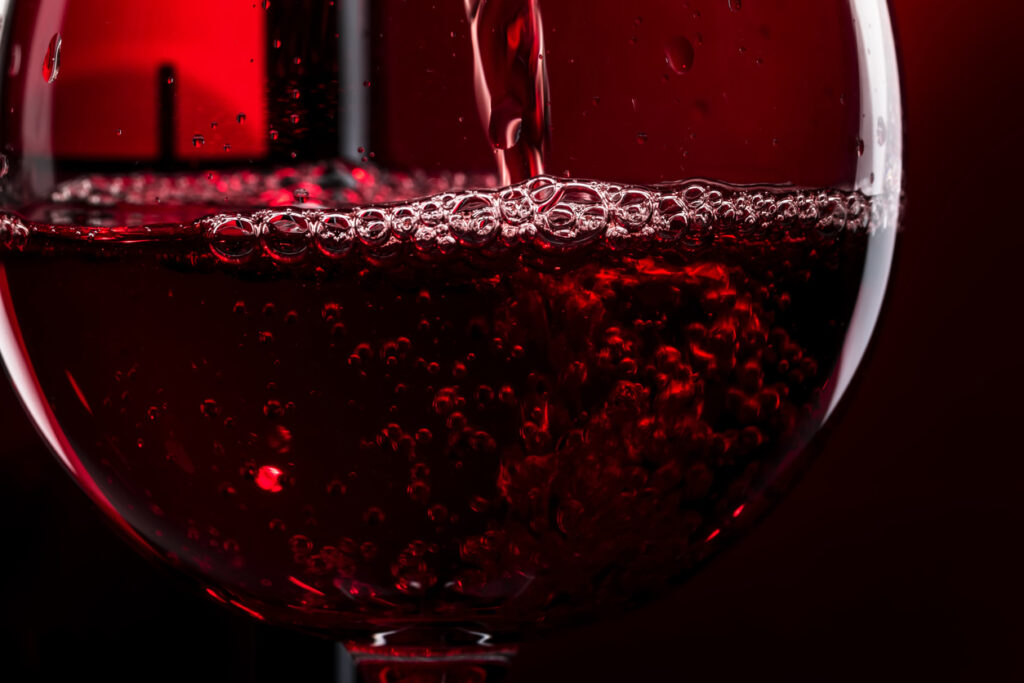
As a result, this fascinating interplay between malic acid, bile production, and bilirubin metabolism can lead to stools taking on a green hue.
Few Tips On How To Drink Red Wine Without Getting Sick
When it comes to enjoying red wine without the unwanted consequences, there are a few tips worth considering. First, it’s important to pace yourself and drink in moderation. Sipping your red wine slowly allows your body to metabolize the alcohol more effectively, reducing the chances of feeling sick. Additionally, staying hydrated by drinking water alongside your red wine can help counteract its dehydrating effects.
Another important consideration is to choose high-quality red wines with lower levels of added sulfites and preservatives. Natural and organic wines tend to cause fewer negative side effects, making them a safer choice for those prone to wine-induced sickness.

Lastly, listening to your body’s cues is crucial; if you start feeling unwell after a glass or two of red wine, it might be time to switch to a different type of alcoholic beverage or simply take a break from drinking too much red wine, altogether. By being mindful of these tips and approaching red wine consumption with awareness, you can savor its flavors while minimizing any unpleasant aftermath.
The Role Of Medications And Supplements In Stool Discoloration
The role of medications and supplements in stool discoloration is an often overlooked aspect of gastrointestinal health. Many people are unaware that certain medications and supplements can directly impact the color and appearance of their stool.
For example, iron supplements are notorious for causing dark green or black stools, while antibiotics can sometimes lead to clay-colored or pale stools. It’s essential for individuals to be aware of these potential side effects so they can differentiate between harmless changes in stool color and those that may indicate a more serious issue.
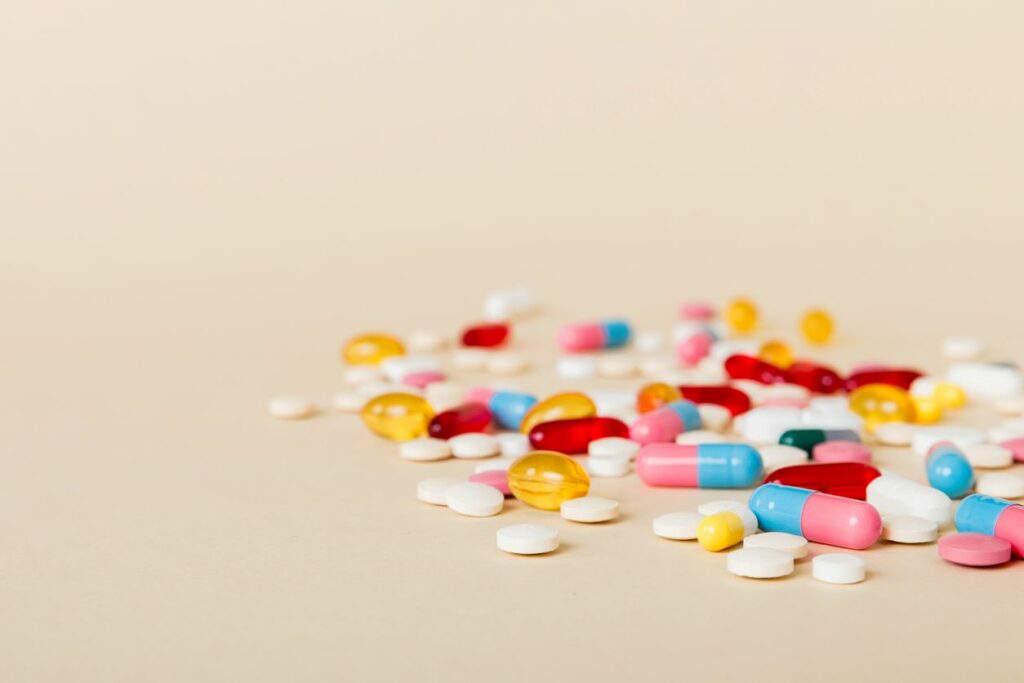
Moreover, it’s important to understand that the interaction between medications, supplements, and stool color is not always straightforward. Different people may have varying reactions to the same medication or supplement, leading to diverse changes in stool color. Additionally, the timing and dosage of these substances can also play a significant role in altering stool appearance.
By gaining a deeper understanding of how medications and supplements affect stool color, individuals can effectively monitor their gastrointestinal health and make informed decisions about their treatment regimens. Ultimately, raising awareness about this relationship can empower individuals to take proactive steps towards maintaining their digestive well-being.
General Recommendations For A Healthy Digestive System
The key to a healthy digestive system lies in maintaining a balanced diet. While indulging in high-fiber foods like fruits, vegetables, and whole grains is important, it’s equally crucial to stay hydrated with plenty of water.

Tips for Healthy Wine Consumption
Additionally, incorporating fermented foods such as yogurt or kimchi can introduce beneficial probiotics to aid gut health. Moreover, moderation is key when it comes to consuming alcohol – for instance, a glass of red wine may provide certain health benefits due to its antioxidant content. However, excessive alcohol consumption can impair digestion and harm the gut microbiome.
In addition to dietary choices, managing stress levels plays a significant role in digestive wellness. Stress management techniques like meditation or yoga can positively impact gut function by reducing inflammation and promoting overall balance within the body.
Furthermore, regular physical activity not only aids digestion but also supports a healthy weight and reduces the risk of gastrointestinal issues. By combining many health benefits of these lifestyle choices with mindful eating habits, individuals can support their digestive system for long-term well-being.

